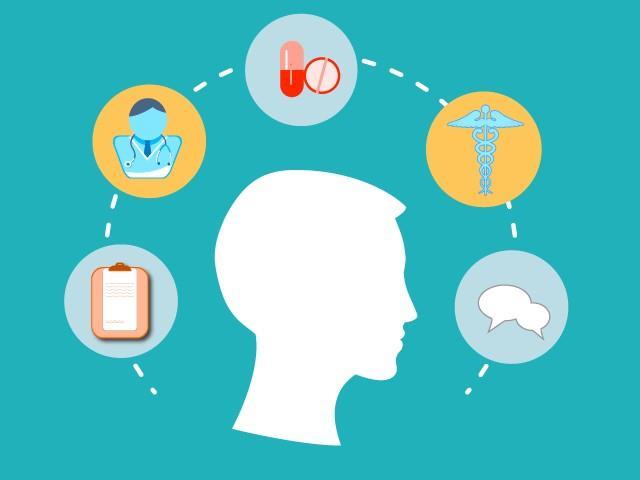SOCIAL MEDIAS EFFECT ON MISINFORMING THE PUBLIC
Om Permsukkunakorn
What is Misinformation and Disinformation? If misinformation and disinformation are both false information being spread to the public, is there a difference? To start off, misinformation is information that is incorrect and is erroneously released to the public, but there is no intention to manipulate or mislead anyone. Misinformation can also include information that was once beneficial by the current evidence in the scientific community, but is actually not correct when new evidence comes out. An example of misinformation would be the thalidomide incident in the 1960s where thalidomide was first used as a drug to help against sickness for pregnant women. The information and research available at that time on thalidomide demonstrated that thalidomide was safe, but it was actually harmful for children where it caused malformations when new evidence was discovered. On the other hand, disinformation is different from misinformation where the purpose of disinformation is to intentionally create false information in order to deceive or manipulate the public into believing an opinion or preventing the public from knowing the truth.
Prevalence in Social Media Misinformation and disinformation have been prevalent throughout many years in social media. There was a study done in 2018 in the Journal of Health Policy and Technology where 40% of the health information online related to diseases through social media or links from websites were classified as false information or “fake news.” Not only that there is still a lot of misinformation, but another problem is that false information travels quicker than correct information. A 2018 study that was done in the journal “Science,” demonstrated how incorrect information has a 70% chance more to be retweeted on Twitter and this information can reach people six times as fast. This illustrates how misinformation is still prevalent today and spreading throughout social media.
Misinformation and Disinformation as Global Issue Misinformation and disinformation has also become a global issue where social media platforms across different countries are also affected. In China, there was official data released in 2018 that showed 6.7 million reports of false and illegal information through different sites and social media platforms such as Weibo and WeChat. In 2020 of Poland, there was disinformation spread online through social media regarding Coronavirus and 23,000 protective masks not being delivered by the government. In addition, there has also been conspiracy theories regarding COVID-19 through Russia's social media platform called Vkontakte in 2020 as well.
Negative Effects & Consequences Misinformation and disinformation can lead to many different misconceptions about public health, especially COVID-19. From the figure to the right, the Pew Research center did a study and the results illustrated that approximately ⅓ of the US residents in the study believed that the virus was created in the lab intentionally. This is one of the misconceptions regarding COVID-19. These misconceptions can have a large negative impact as it can lead to the creation of a social stigma on public health. The false information could lead people to hide illness or stop people from seeking healthcare immediately as well as hindering people from practicing proper hygiene and health care. This can also lead to less compliance with quarantine isolation, social distancing, and possible rejection of vaccination.
Schaeffer, K. (2021, March 2). Nearly three-in-ten Americans believe COVID-19 was made in a lab. Pew Research Center. https://www.pewresearch.org/facttank/2020/04/08/nearly-three-in-ten-americans-believe-covid-19-was-made-in-alab/.
Possible Approaches & Solutions As the amount of people using social media grows every year, there have been different solutions made such as improving online health literacy where there are new resources online to help teach the public. There has also been a stronger quality of sources from accredited organizations like the World Health Organization and health professionals as well as an increase in frequency of correction of false information online. In addition, other countries like China have created a specific platform called “Piyao” which was designed to target and identify false information by using AI.
Although there have been many approaches to tackling this problem, not every misinformation and disinformation can be identified alone by the accredited health organizations or health professionals. The health organizations and professionals could publish more white papers or infographics regarding public health in order to spread awareness. However, I believe that people as a community need to be more overall aware of the information posted online through websites or social media and always make sure that they check to see if the source is reliable. - Om Permsukkunakorn
































